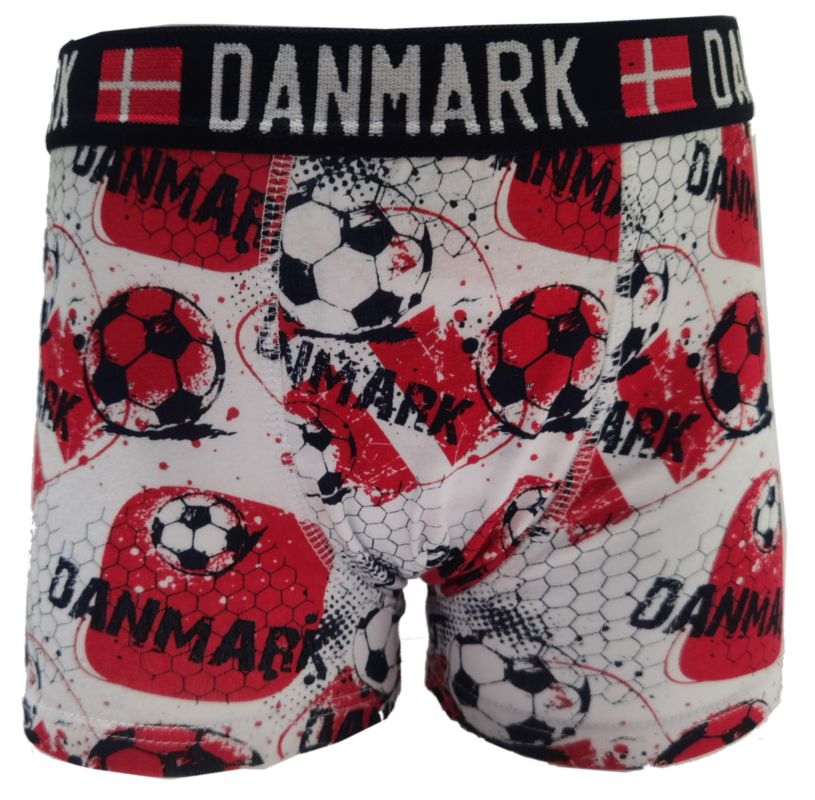How do materials affect the level of compression provided by custom underwear?
Materials play a crucial role in determining the level of compression provided by custom underwear. Compression in underwear refers to the degree of tightness or support that the garment provides to the body.
Here’s how materials impact compression:
- Elasticity: Materials with high elasticity, such as spandex (also known as elastane), provide greater stretch and flexibility, allowing the underwear to conform closely to the body and provide compression. Spandex is often blended with other fibers like cotton or polyester to add stretchiness to the fabric.
- Fabric Construction: The construction of the fabric can influence the level of compression. Knit fabrics, such as jersey or rib knit, are often used in underwear because they can be engineered to provide varying levels of stretch and compression. Tighter knits typically offer more compression than looser knits.
- Fiber Content: The type of fibers used in the fabric composition affects compression. Synthetic fibers like spandex or nylon are known for their ability to provide strong compression due to their inherent elasticity and resilience. Natural fibers like cotton or bamboo can also contribute to compression, although to a lesser extent.
- Compression Panels: Some custom underwear designs incorporate specific compression panels or zones strategically placed in areas where support is needed most, China mens underwear manufacturers such as the abdomen or buttocks. These panels are often made from materials with higher elastane content to provide targeted compression.
- Thickness and Weight: Thicker, heavier fabrics tend to provide more compression compared to lighter, thinner fabrics. Heavier fabrics exert more pressure on the body, resulting in greater compression. However, the thickness of the fabric also affects breathability and comfort, so a balance must be struck.
- Moisture Management: Fabrics with moisture-wicking properties may contribute to enhanced compression by keeping the skin dry and reducing friction between the fabric and the body. This can help maintain the integrity of the compression over time and prevent discomfort caused by sweat buildup.
- Seam Construction: The way seams are constructed can impact the level of compression. Flatlock seams, which lie flat against the skin and minimize bulk, are often used in compression garments to prevent chafing and irritation while maintaining consistent compression.
Overall, the choice of materials and their properties, including elasticity, fiber content, construction, and thickness, all play a significant role in determining the level of compression provided by custom underwear. Manufacturers can tailor these factors to meet the specific compression needs of their customers, whether for athletic performance, post-surgery recovery, or everyday support.
How do materials impact the overall lifespan of custom underwear?
Materials significantly impact the overall lifespan of custom underwear. The choice of materials affects durability, resistance to wear and tear, elasticity retention, colorfastness, and overall garment integrity.
Here’s how materials influence the lifespan of custom underwear:
- Durability: High-quality materials such as organic cotton, bamboo, or certain synthetic blends are more durable and resistant to tearing, stretching, or pilling. These materials can withstand repeated washing and wearing without deteriorating quickly.
- Strength and Resilience: Materials with strong fibers, such as nylon or polyester, contribute to the longevity of underwear by maintaining their shape and structure over time. These fibers resist breakage and maintain elasticity, ensuring the garment retains its fit and support.
- Elasticity Retention: Elastic materials like spandex or elastane help underwear maintain its shape and elasticity, reducing sagging or stretching out of shape with repeated wear. Fabrics with a higher percentage of elastic fibers tend to have better elasticity retention.
- Seam Strength: The durability of seams is crucial for the overall lifespan of underwear. Materials that can withstand stress and stretching without unraveling or tearing contribute to the longevity of the garment. Strong, well-constructed seams using durable thread enhance the durability of custom underwear.
- Colorfastness: Materials that retain color vibrancy and resist fading over time contribute to the longevity of underwear. Fabrics treated with colorfast dyes or pigments help maintain the original appearance of the garment even after multiple washes.
- Shrinkage Resistance: Materials that resist shrinking or stretching out of shape during laundering contribute to the longevity of underwear. wholesale mens underwear manufacturers Pre-shrunk or shrink-resistant fabrics maintain their size and fit, preventing the garment from becoming too small or misshapen over time.
- Moisture Management: Moisture-wicking materials help keep the skin dry and reduce the risk of microbial growth, which can prolong the lifespan of underwear by preventing odor buildup and bacterial degradation.
- Abrasion Resistance: Materials that are resistant to abrasion and friction, such as reinforced fabrics or those with a tight weave, are less prone to damage from rubbing against other surfaces or clothing, contributing to a longer lifespan.
- Stain Resistance: Fabrics treated with stain-resistant finishes or inherently stain-resistant fibers are easier to clean and maintain, reducing the likelihood of permanent stains that could shorten the lifespan of underwear.
Overall, selecting high-quality materials that prioritize durability, elasticity retention, colorfastness, and comfort is essential for ensuring the longevity of custom underwear. By investing in materials that withstand everyday wear and laundering, manufacturers can provide customers with underwear that remains comfortable and functional for an extended period.

